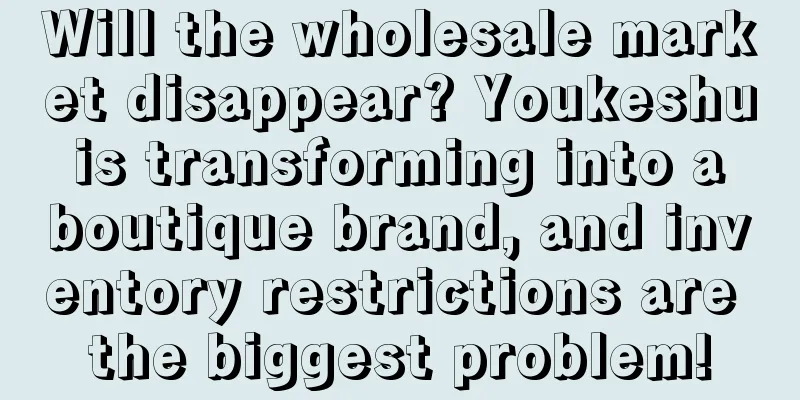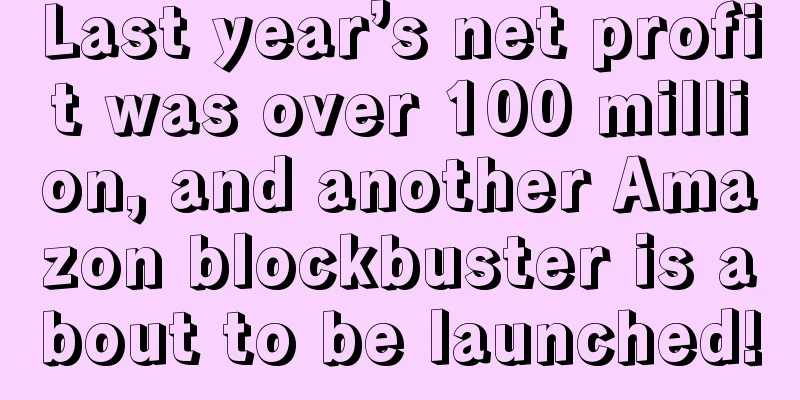|
As Prime Day approaches, many sellers have reported that their sales have been extremely poor recently and their advertising performances have been disappointing. They have begun to question my brother-in-law: Why are your performance so poor? Are you dreaming of becoming a billionaire? However, what I didn’t expect was that my brother-in-law really wanted to “go to heaven”. It is learned that Amazon founder Jeff Bezos will participate in Blue Origin’s first space trip in July.
▲ The picture comes from the Internet It is reported that Bezos' brother Mark will also participate in this space flight, and there will also be a winner of the "public auction". My brother-in-law has really gone to find his happy planet, and he will officially step down as CEO of Amazon on July 5. Many sellers are concerned about what changes will happen to Amazon after my brother-in-law steps down, and many sellers hope that my brother-in-law can cancel inventory restrictions. The sweetness of booming orders is matched by the bitterness of inventory restrictions. Some sellers even take risks and choose unconventional means to break through the shipping restrictions. In the end, the shipments are cancelled and the accounts are blocked, leaving them alone to suffer the consequences. This problem not only troubles small and medium-sized sellers, but is also a fatal blow to many big sellers who started out as a wholesale seller. Under inventory restrictions, sellers are left with no tears On April 22, Amazon announced that it would remove the single ASIN limit for all FBA products and instead set purchase restrictions at the storage type level. After the new regulations are released, Amazon’s shipping restrictions currently mainly exist in the following aspects: 1. Limit the inventory volume , for example, if the IPI score is not reached, the volume cannot exceed a certain level. 2. Limitation on the total number of inventory items. For example, the original ASIN-level replenishment limit has disappeared and has become a total quantity limit. This new regulation has also caused many general merchandise sellers to panic. Limiting the total number of inventory items in a store means that general merchandise stores with a large number of SKUs cannot ship out the goods. When the inventory is running low but cannot be replenished, product sales will also decline, store performance will be seriously affected , and sellers will also face more trivial follow-up processing issues. After the new inventory restriction regulations were released, it became particularly important to configure the number of ASINs in the store. Neither too many nor too few were the best options. This policy also directly exposed the risk of sellers who had goods but could not ship them and lost all their money.
▲ The picture comes from the Internet Coupled with the restrictions on IPI scores and the increase in thresholds, sellers face double shackles every time the inventory performance index assessment day comes. Transformation from a popular model to a high-quality model When it comes to mass-market sellers, we have to mention another model, the Amazon boutique model. In the cross-border e-commerce circle, there has been endless discussion about mass-marketing and high-quality products. Since when, mass-market sellers seem to have become the bottom of the cross-border contempt chain. Even before a certain cross-border seller’s account was blocked, there were also reports that Amazon was suppressing the store and store group model. Is the store model really going to disappear? Although no conclusion can be drawn yet, as far as the Amazon platform is concerned, we can see that more and more top-selling products are transforming from general merchandising to high-quality products. Recently, the cross-border e-commerce giant Tianze Information announced the "Announcement on the Partial Reply to the Shenzhen Stock Exchange's Annual Report Inquiry Letter". Tianze Information conducted a serious and detailed analysis and verification of the issues raised in the annual report inquiry letter, and responded to some of the questions raised by the Shenzhen Stock Exchange. In the report, Tianze Information pointed out that in the future it will fully focus on the development of the cross-border e-commerce business of its subsidiary Youkeshu , focus more resources on boutique e-commerce platforms represented by Amazon, transform into a boutique route, and gradually increase the sales share of its own brands. The report shows that Youkeshu’s main categories on the Amazon platform are home furnishings, electronics, sporting goods, etc. At the same time, the report also disclosed the number of active suppliers and new suppliers of Youkeshu in the past three years. It can be seen that the number of active suppliers of Youkeshu in 2020 was 23729.00. In the report, Tianze Information pointed out the main reasons for the transformation to high-quality products: traffic entrances are gradually occupied by high-quality e-commerce platforms represented by Amazon, and the cost of attracting traffic and acquiring customers for small and medium-sized platform e-commerce and brand independent sites will continue to rise. At the same time, the scale effect of high-quality e-commerce platforms will gradually be reflected. Therefore, Youkeshu will focus on specific categories, streamline the number of products, and carefully polish product definition, industrial design, product research and development, quality control, engineering improvement, etc., develop its own brand, and form a multi-brand matrix in order to seek brand premium, extend the product life cycle, and share the long-tail benefits. Youkeshu is not the first to try this, and many boutique companies can be seen in the cross-border capital market, such as Anker Innovations' listing, and SheIn replacing Amazon as the most downloaded shopping app in the United States. As more and more big sellers who started out as wholesalers have transformed themselves and moved towards the boutique route, the saying in the industry that "dissemination is dead" has become more prevalent. Is the distribution route no longer feasible? In 2020, the popular cross-border e-commerce platform Global Easy Shopping collapsed and was exposed to have defaulted on payments to more than 3,000 suppliers. Due to the huge losses of Global Easy Shopping, Cross-border Link fell into a financial crisis. At this point, the saying that "mass merchandising is dead" has spread in the cross-border circle. Many sellers believe that the boutique model is the general trend for Amazon, and that mass merchandising is synonymous with backwardness and lack of competitiveness. A seller working in a distribution company admitted: I have been working in the distribution company for a year, but there has been no growth so far. I don’t even know how to promote the product. Should I change companies? ▲ The picture comes from Zhiwubuyan Another seller shared his experience of running a distribution model: I have just been working on Amazon for two months, and my job is to distribute products like a robot, but new links are added every day, but the number of visitors is very small... ▲ The picture comes from the seller communication group Summarizing the real experiences of some sellers, it can be found that many operators of distribution companies believe that there is limited things to learn from the distribution model, and there are also many operators who want to switch from distribution companies to boutique companies. Is the distribution model really eliminated? In fact, it is not the case. Looking at the financial reports of several popular distribution companies in the market, we can know that distribution is not completely useless. In fact, many popular companies have achieved outstanding results by distribution. Whether it is mass-market or high-quality products, there is a reason for their existence. As a senior seller said: Judging from the market performance, since there are still people doing it, it proves that this path is still feasible. For sellers, the choice of model is closely related to their own strength and development direction. The key is to find a business model that suits them. There is no need for us to promote the advantages of the boutique model, nor do we need to sing the praises of the fact that wholesale sellers have no future. What do you think about this? Welcome to leave a message in the comment area~
|










